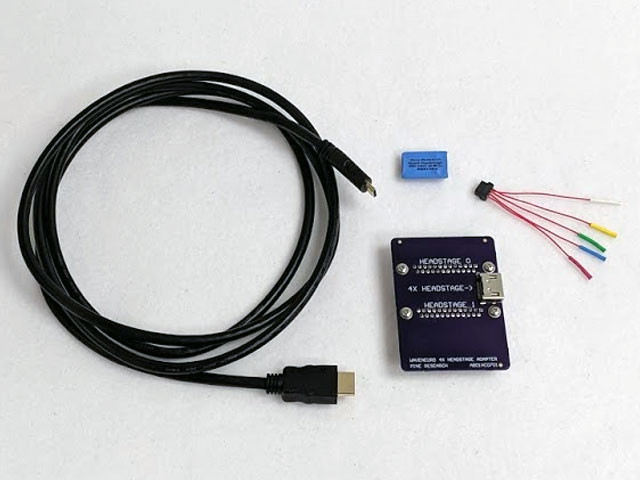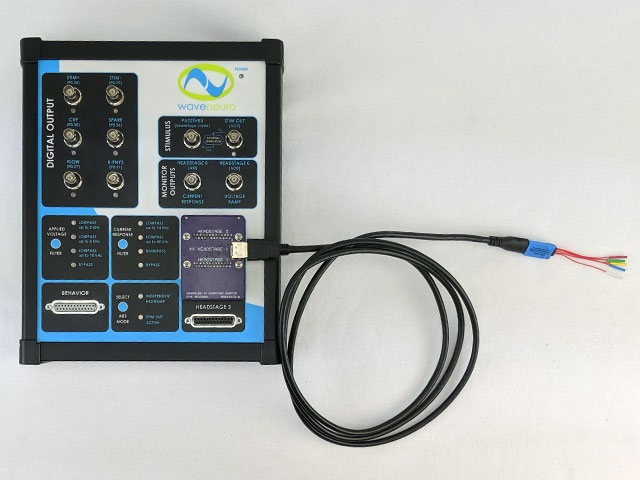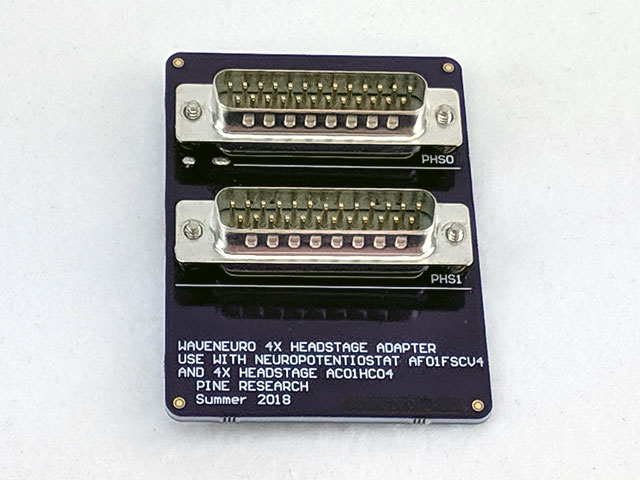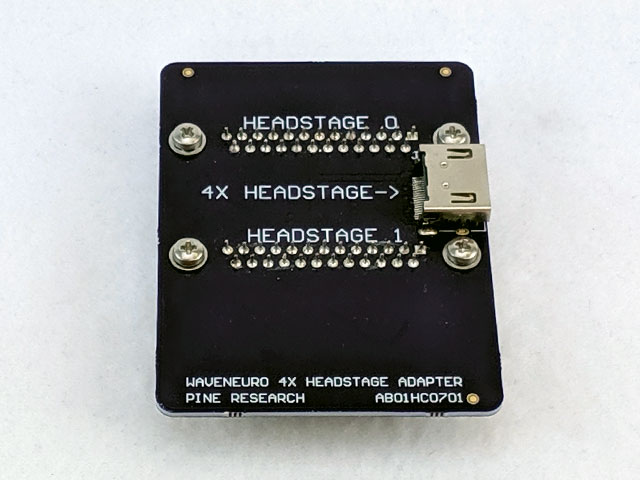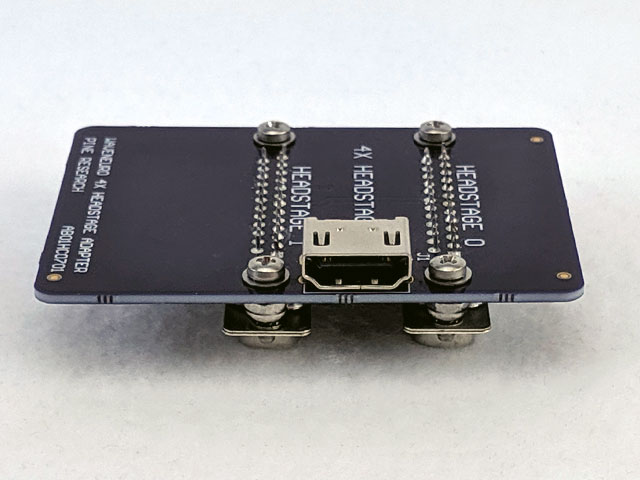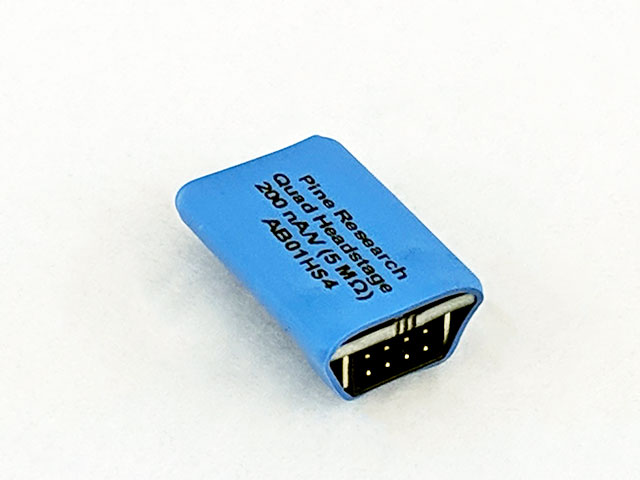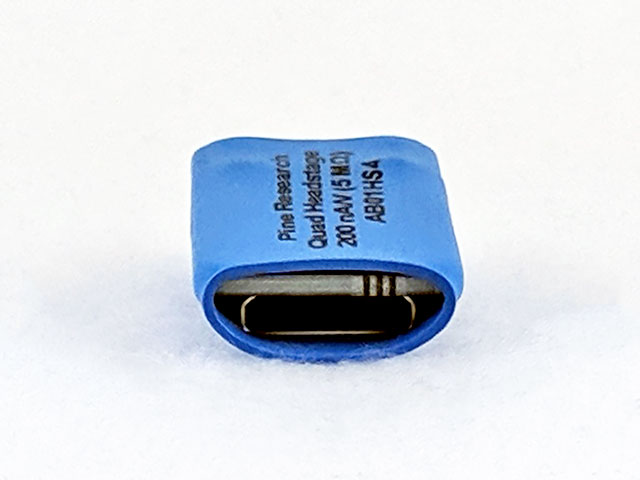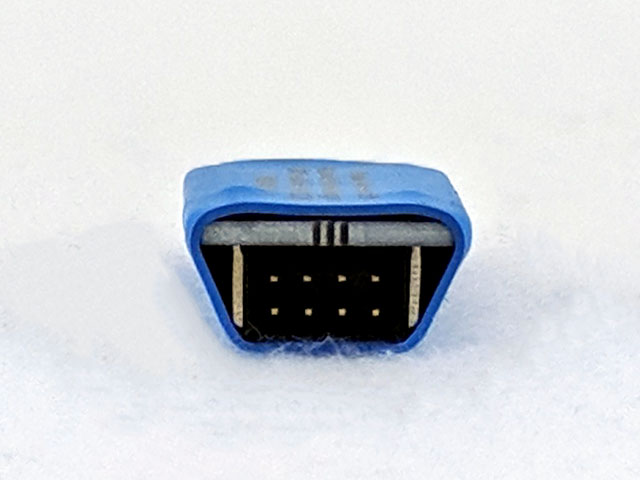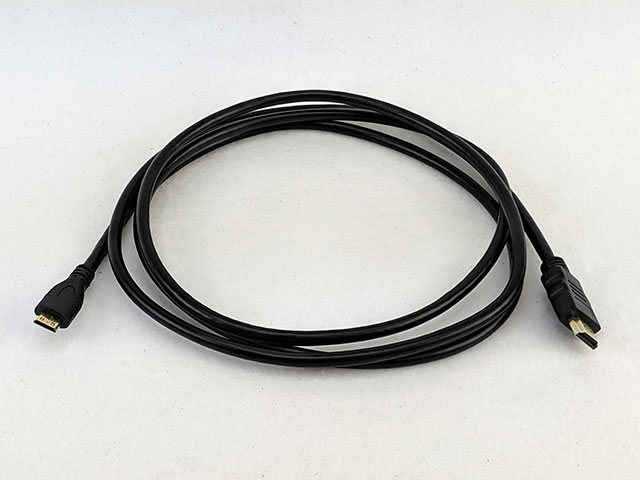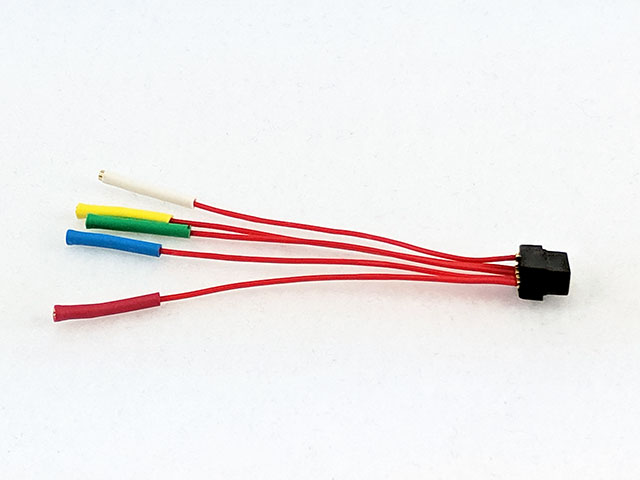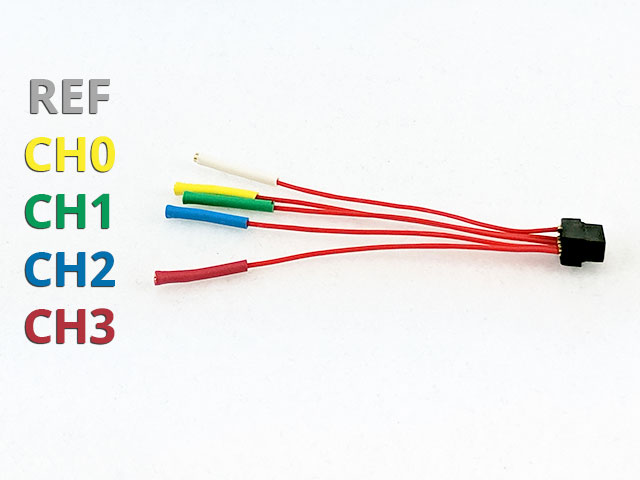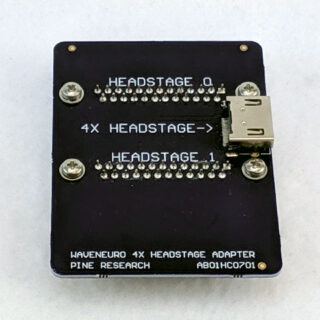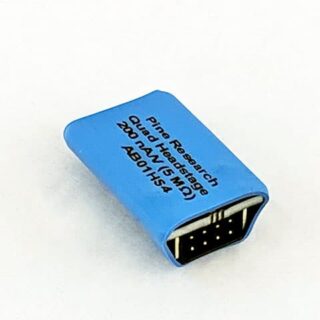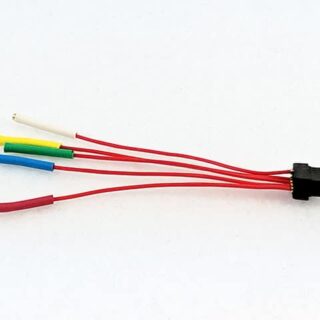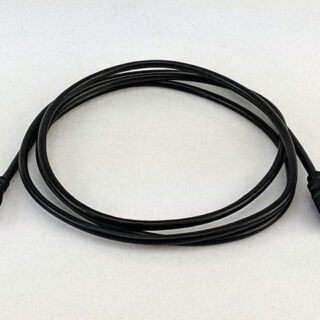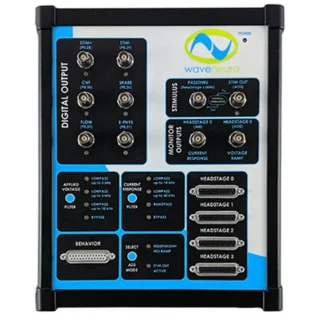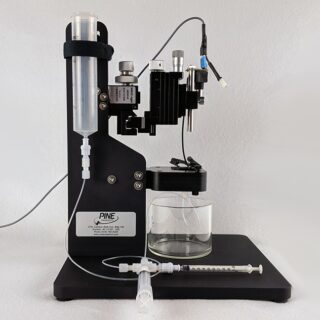With the WaveNeuro Four Channel Headstage Kit, users can more conveniently connect up to four working electrodes to a single headstage. To make this possible, the Four Channel Headstage Kit includes an adapter board, to which a special interface cable and four-channel headstage cable connects. Terminating this assembly are the four-channel headstage-to-microelectrode coupler wires, which includes sockets for four working electrodes (Yellow, Red, Blue, and Green) and one reference electrode (White). The Four Channel Headstage Kit finds application in several areas, yet to be fully realized by the FSCV research community:
- Easy throughput. Deliver the same waveform to four channels simultaneously, and measure current at each channel independently. In this case, you might install the electrodes into the same region of the brain, same tissue, or same flow cell and gain n=4 with a single experiment.
- Multiple analytes. Imagine measuring multiple analytes in your system simultaneously. Look at dopamine, serotonin, adenosine, and other molecules simultaneously - simply apply the appropriate waveform to each channel independently.
The FSCV community has yet to release seminal papers on the topic of multichannel FSCV. Pine Research hopes to promote the growth of FSCV into this area by providing a well-designed commercial solution for those needing multichannel FSCV.
Pine Research currently offers working driven headstage amplifiers. In a working driven system, the reference electrode is grounded. The FSCV potential waveform (ramp) is connected to the non-inverting input of the operational amplifier, while the working electrode is connected to the inverting input. In this arrangement, the voltage at the microelectrode will follow the ramp applied to the inverting input.1
In this two-electrode configuration, current arising from electron-transfer reactions, such as the oxidation of dopamine, passes between reference and working electrodes. The measured current passes through the headstage amplifer, where it is converted to voltage, and sums with the the ramp voltage at the inverting input. Mathematically,
where  is the output voltage,
is the output voltage,  is input current,
is input current,
 is feedback resistor (gain), and
is feedback resistor (gain), and  is the CV ramp voltage. By rearrangement, the signal voltage (proportional to the current across the 5 MΩ feedback resistor in the 200 nA/V headstage) is then
is the CV ramp voltage. By rearrangement, the signal voltage (proportional to the current across the 5 MΩ feedback resistor in the 200 nA/V headstage) is then
HDCV software, which supports the WaveNeuro FSCV Potentiostat system, performs software subtraction of the ramp according to this relationship, resulting in only the true differential current measurement.1
FSCV Instrumentation Journal Article
R.M. Wightman et. al. have well-described FSCV instrumentation, including working driven headstages. Pine Research has based the design of the WaveNeuro FSCV systems and accessories in a similar manner as that which they decribe.

